In this section:
In recent weeks, the media have reported worrying information regarding Franco-German industrial cooperation in the field of defense. Indeed, the MGCS (new generation tank) and FCAS (future combat aircraft) programs are under great strain, around industrial sharing, the schedule and industrial and operational issues.
Although the FCAS program is assured of achieving phases 1B and 2, with the study and design of a demonstrator, its future beyond remains uncertain due to the possible consequences of the cancellation of the MGCS program.
In this context, it is important to take into account the potential consequences of a successive failure of the MGCS and FCAS programs, as well as to evaluate alternatives to replace French tanks and combat aircraft in the decades to come.
1. Threats to the MGCS and FCAS programs
Apart from the few months of political euphoria following the announcement, in 2017, by Emmanuel Macron and Angela Merkel, of a vast Franco-German industrial and political initiative around the still vague concept of Defense Europe, the programs launched then jointly quickly encountered significant pitfalls.
This is how, in just five years, the CIFS (mounted artillery), Tiger III (combat helicopter) and MAWS (maritime patrol) programs were buried due to lack of decision from Berlin.
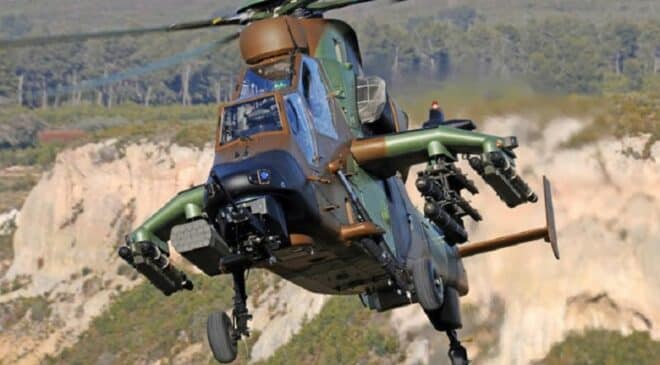
At the start of 2022, only 2 programs remained The MGCS program for the replacement of Leclerc tanks and Leopard 2 in 2035, and FCAS, the air combat system of the future to take over from Rafale et Typhoon in 2040. Although they remained, they nonetheless encountered significant difficulties.
Thus, in the winter of 2022, the tensions between Dassault Aviation and Airbus DS forced the Ministers of the Armed Forces of the three program member countries, Germany, Spain and France, to force the hand of their manufacturers to get out of the rut and launch the phase 1B, for the study of the technological demonstrator.
1.1 MGCS: Schrödinger's tank
If FCAS seemed, at the start of 2023, to be on a more secure trajectory, this was not the case for MGCS. Indeed, under the combined action of the increase in demand for combat tanks, the war in Ukraine, and the arrival of Rheinmetall within the program in 2019, the program had been in a state for several months. of stasis. The few developments and advances concerning it were barely enough to keep it alive, and not to follow the destiny of CIFS or MAWS.
In question, increasingly divergent visions between the needs of the two armies, France favoring mobility, Germany protection and firepower. Industrial and operational agendas also became more complex to merge.
Without an industrial and commercial solution for an interim alternative to the Leclerc, France must imperatively plan for the replacement of its tanks between 2035 and 2040. On this date, in fact, the Leclercs currently in service will reach their mechanical and operational limits, while French industry will have to find an activity sized to take over from the SCORPION program.
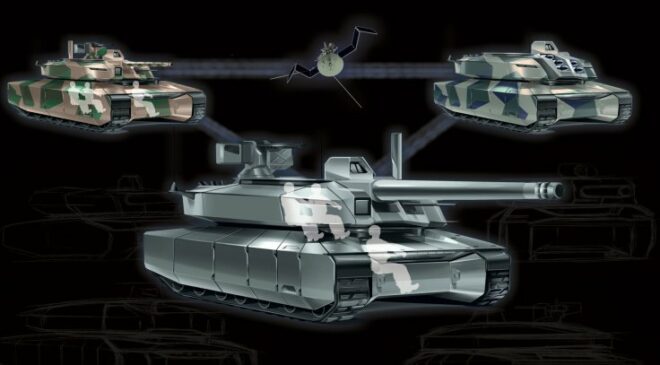
Germany, the Bundeswehr and its industrialists are not exposed to the same constraints. With Rheinmetall's KF-51 and the Leopard 2A8, they not only have effective interim solutions, but also products in demand on the market.
As a result, beyond the already deep differences concerning the very nature of the system to be designed, Paris and Berlin do not, today, agree on anything around this program, especially not its timetable nor its industrial scope and technological.
In fact, for several months now, like Schrödinger's cat, the MGCS program has been simultaneously dead, due to the obvious explosion of differences between the two protagonists, and alive, if we are to believe the declarations of the ministers of guardianship, Sébastien Lecornu and Boris Pistorius.
And everything suggests that the planned meeting between the two men, by the end of September, will aim to open the box, and look, objectively, if the tank has drunk the poison, or not.
1.2 A dangerous domino effect
In the opinion of sources close to the project, today, the chances that the MGCS program will come to an end in the weeks or months to come are of the order of one chance in two, and the future of it it is now largely in the hands of Boris Pistorius, KMW and Rheinmetall.
Yet the MGCS and FCAS programs have been artificially linked, during their design, through industrial sharing. In fact, the fall of one could seriously threaten the future of the other, in a dangerous domino effect.
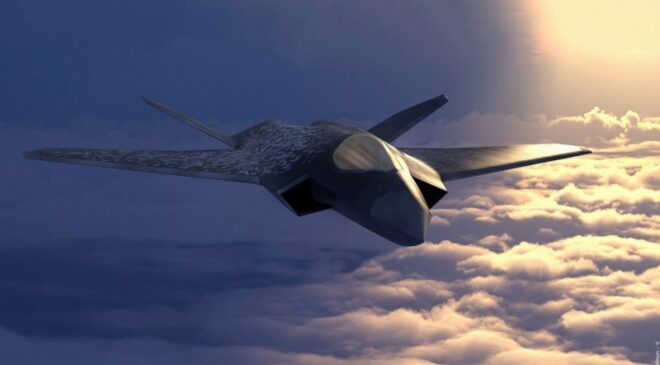
As such, according to these same sources, this would now be the most significant threat to the progress of the FCAS program, even if everything suggests that phases 1B and 2, aimed respectively at designing and then manufacturing the NGF technological demonstrator and some of its systems, will come to fruition.
The fact remains that if MGCS and FCAS were to decline, each country would then have to find alternative and palliative solutions to meet the operational and technological imperatives hitherto supposed to be covered by the two programs.
2. Cost of developing MGCS and FCAS
The question therefore arises, for France, to know if it will be able to develop alone, or differently accompanied, these two programs essential to the French armies between 2035 and 2040.
The French Defense Industrial and Technological Base, or BITD, has all the skills necessary to develop, on its own, a program like MGCS or FCAS. Indeed, in the field of armored vehicles, it can rely on Nexter, designer of the Leclerc, and on a complete ecosystem to design a new battle tank, and its future system of systems.
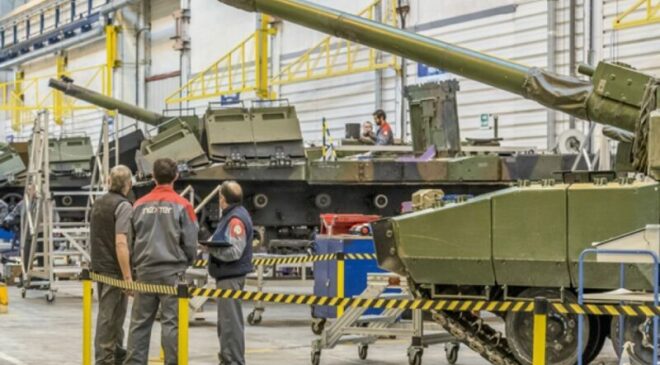
The same goes for a possible Franco-French FCAS. Carried by Dassault Aviation, Safran, Thales, MBDA and the entire Team Rafale, the French aeronautical BITD is today one of the five that can effectively develop a 6th generation combat aircraft in complete autonomy in the world.
This is especially true since part of the developments required for FCAS will be previously developed as part of the very ambitious program Rafale F5, announced by Sébastien Lecornu during the parliamentary debates concerning the French Military Programming Law 2024-2030.
2.1 Financial estimates
If the technological and industrial development of these two programs does not represent an obstacle for the French defense industry, their financing, on the other hand, will undoubtedly be difficult to implement, at least while aiming for the same ambitions.
This is also one of the main justifications put forward by the French executive to support the interest in Franco-German co-development of these two programs, rather than a purely national solution, as was the case for the Leclerc and the Rafale.
Indeed, designing alone, then building the several hundred combat tanks, armored combat vehicles and new generation MGCS missile launchers, as well as the 250 fighter planes, and as many combat drones, of the FCAS program, would cost expensive, and even very expensive for the army budget.
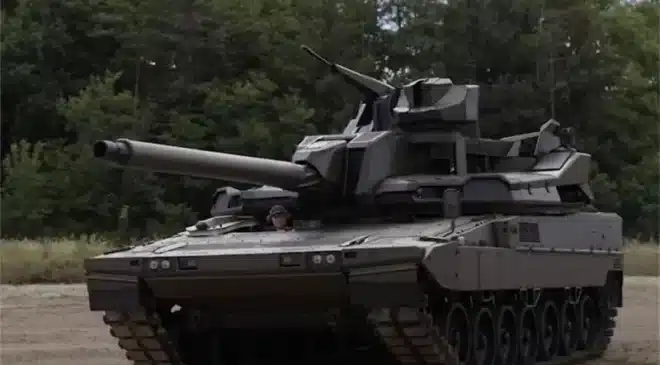
Based on existing projections concerning these two programs, they would cost France between €3,5 and €4,5 billion (in 2023 euros) per year, for more than 20 years.
Deducting financing commitments within the framework of existing cooperation, this would represent an additional cost of €2 to €3 billion per year, particularly significant during the design phase.
2.2 Impacts on the French defense budget
This additional cost may seem “accessible” to France and its GDP of €3 billion. However, it represents an increase of around €000 billion over the 20-2024 LPM alone, inflation included, but also an increase of almost 2030% in the budget devoted by the Armed Forces to Major Effect Programs, or PEM, around €30 billion in 8.
It will therefore be anything but easy for France to finance such an effort alone, at least while preserving the technological scope and the ambitions previously defined around the two programs.
It is, as such, one of the fears expressed by the people who work there today on the French side, fearing that, in such a scenario, France, its armies and its defense industry, would have to go down a division facing new American, German, British or Chinese tanks and planes.
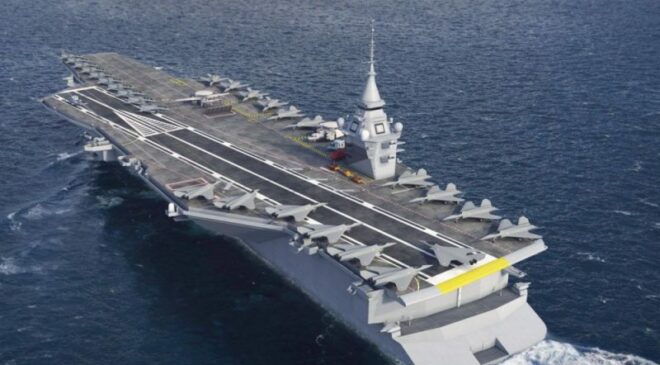
It is true that French opportunities to finance such programs are few. As the tax burden is already at a very high level, there is no question of relying on new taxes to generate additional revenue.
Likewise, the French public debt, which now reaches €3 billion, prohibits Paris from turning to any forms of traditional financing, whether it comes from a national loan or a state booklet, except to radically change the current paradigms concerning the financing of the defense effort, which is not current.
Finally, budgetary reallocation, whether internal to the Ministry of the Armed Forces or external to it, also seems to be excluded, as budgets are under pressure in a number of areas, prohibiting any room for maneuver of this type at Bercy.
We understand, in this context, France's attachment to the continuation of these two current programs. This is also one of the main criticisms made by Germany to France concerning them. The Germans believe, not without reason, that they are above all the financiers of this cooperation in the eyes of France and its defense industry.
3. Can France turn to new partners?
In fact, the most obvious solution for Paris, faced with a collapse of the Franco-German defense industrial partnership, would be to turn to other partners. Although promising, this solution is not without risks and constraints.
Indeed, the constraints which today threaten FCAS and MGCS, and before them many other French programs in European cooperation, can obviously hinder possible new defense industrial partnerships.
3.1 Advantages and constraints of the international technological partnership
It is true that France acts as a black sheep in Europe, while it has, behind it, a long list of aborted defense programs with Germany, but also Great Britain, Italy, Spain and others.
3.1.1 Cost reduction and expansion of the industrial base
Of course, this cooperation has many advantages. On the one hand, it allows research and development costs to be shared, even if an empirical rule is that design costs increase according to the square root of the number of partners.
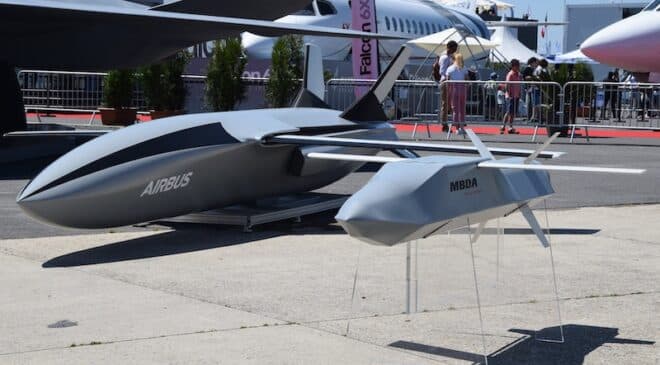
Thus, with two partners, design costs will increase on average by 40%, and by almost 75% with three. However, the participation of each State turns out to be 30% lower with 2 partners, and more than 40% less expensive if three countries collaborate.
On the other hand, international collaboration makes it possible to extend the industrial base of the program, and thus to reach certain thresholds leading to cost reductions through economies of scale. This is the case both for initial production and for the maintenance and scalability of the equipment produced.
Finally, each partner brings with it its own international and commercial network, which should logically increase the chances of success in exporting the equipment.
3.1.2 Divergence of needs, industrial sharing and commercial veto
However, international cooperation does not come without serious constraints. Moreover, these are the ones that today threaten the two Franco-German programs, and before them, the three other programs that have already been written off.
Above all, it must be ensured that all the partners share the same needs, and have the same expectations in terms of performance, scalability and schedule, for each of the programs.
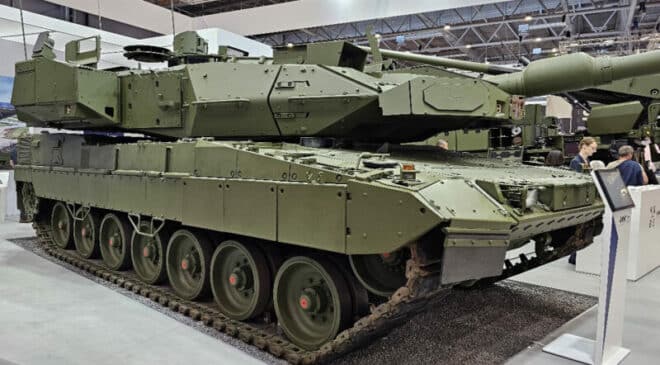
In the case of FCAS and MGCS, it is precisely these differences, initially masked by political enthusiasm, which have widened the precipice towards which they appear to be heading.
Furthermore, the participation of a state is inexorably accompanied by industrial sharing, or even technology transfer clauses. This industrial sharing, in the case of France whose BITD is global, will systematically take place to the detriment of skills held by national companies.
In this area, the notion of 'Best Athlete', initially put forward by Paris against Berlin, is proving extraordinarily counterproductive. Not only does it not facilitate negotiations around industrial sharing, at best it exacerbates frustrations, but it contributes to making the other partners appear as secondary players, adding to their distrust.
Finally, if a partner can expand the commercial opportunities of co-produced equipment, it can also hinder the chances of success for certain potential customers. This can be done through a national veto right that is difficult to circumvent, or quite simply due to certain tensions between the potential client and one of the partners.
3.2 Which countries to turn to?
From the above, it is possible to draw a sketch of France's ideal partner(s) on the international scene, to support it in the development of an FCAS-type air combat system of the Future, or a New generation MGCS type ground armored combat system.
3.2.1 Robot portrait of the ideal international partner for France
Obviously, this portrait differs depending on the program. For MGCS, firstly, the partner(s) must share a concept close to that of France regarding armored engagement. Thus, the armored vehicle(s) to be designed and produced must be very mobile, and therefore have a lower mass than that of current American, German and British armored vehicles.
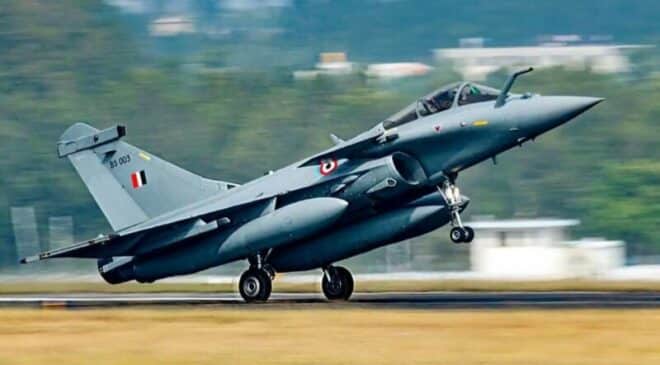

75% of this article remains to read,
Subscribe to access it!
The Classic subscriptions provide access to
articles in their full version, and without advertising,
from 6,90 €.
Newsletter subscription
Register for the Meta-Defense Newsletter to receive the
latest fashion articles daily or weekly


[…] In this context, it is important to take into account the potential consequences of a successive failure of the MGCS and FCAS programs, as well as to assess […]
hello, yes this is a very wise approach and certainly more realistic than the one chosen previously. anyway, cooperation programs, especially with Germany, always end the same way...
Hello,
The problem with cooperation is that it is often tinged with an important political aspect that masks certain constraints, which will sooner or later emerge. This is typically the problem around MGCS: we don't want the same tank, and we don't want it at the same time. It is difficult in this context to move forward calmly.
Afterwards, it is also clear that France is undoubtedly the European champion of aborted cooperative defense programs. Germans, Italians, Spanish, Dutch, Swedish, etc. often get there very well, as long as we're not there.
The two partners reputed to be the most difficult in Europe in this area are the French and the Germans. So obviously...
It seems that the English have learned their lesson from rafale and have built an athlete structure that seems to work. The future of the defense industry, apart from a few Mediterranean contributors, lies in the development of projects in the East and Asia.
Best
[…] at the required level in the decisions and declarations made on this subject. And thus to strengthen the Franco-Belgian partnership, and by transitivity, Franco-Dutch (who also ordered 14 H225M helicopters […]